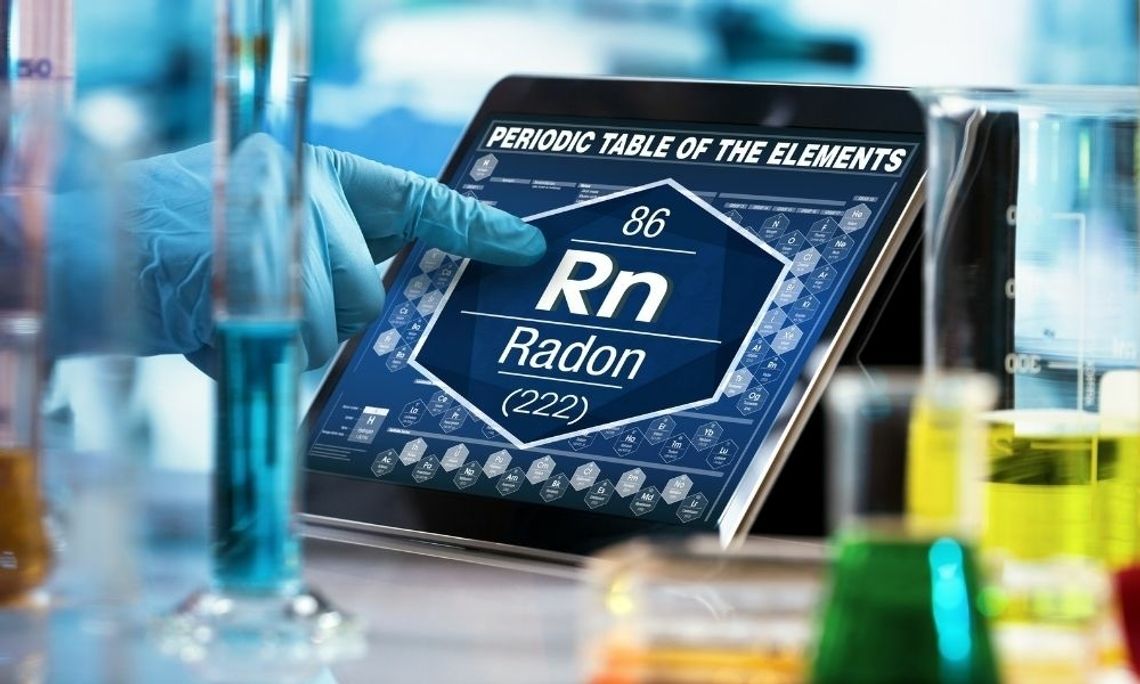Radon gas is a silent killer. You can't see, smell, or taste it, but it's there, and it's dangerous. Read on to learn everything you need to know about radon gas and the danger it poses to your health—how it affects you, how to test for it, and how to protect yourself from it.
What Is Radon Gas?
Radon gas is a naturally occurring radioactive gas found in soil, water, and air. When uranium (a radioactive element) breaks down and decays, the process releases radon gas.
Uranium occurs in rocks and soil, so radon gas is everywhere. It can seep into your home through cracks and gaps in the foundation or walls. Radon gas is especially present in homes with basements, as soil encases the entire area. Once inside, it mixes with air to create a threat that you may not even know is there.
How Does Radon Gas Affect Your Health?
The Environmental Protection Agency (EPA) links radon gas to lung cancer, even declaring it the second leading cause of said cancer. When you breathe in radon gas, tiny radioactive particles from the air damage the cells of your lungs. Over time, this can lead to lung cancer.
Outdoor gas concentrations are usually low, but indoor concentrations can be much higher, especially in airtight homes with little ventilation. Symptoms of exposure to keep in mind include a persistent cough, wheezing, and chest pain.
How Can You Test for Radon Gas?
The only way to know if you have a radon gas problem in your home is to test for it. You can buy do-it-yourself radon kits at most hardware stores. However, hiring a professional radon testing company allows you to attain accurate results.
Compared to DIY test kits, professional tests provide a more detailed report on your home's radon levels. They also come with follow-up services to help you fix any problems that may arise. Most radon testing services will also educate you on radon gas and the danger it poses to health, so you can better protect yourself and your family.
Keep in mind that the results of your neighbor’s radon test don’t put your property in the clear. The idea that your neighboring properties’ results always confirm your home’s safety is among many radon gas myths.
How Can You Protect Yourself From Radon Gas?
Installing indoor ventilation systems and air filters are two ways to protect yourself from the dangers of radon gas. Ventilation systems help remove radon gas from your home while air filters capture the radioactive particles. You can also seal any cracks or gaps in your home's foundation and walls to help keep the gas out.
If you suspect that your home has a radon gas problem, get in touch with a professional company to have it tested. The sooner you know, the better.


Comment
Comments